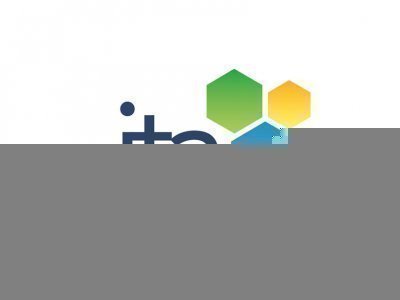Celebration of Calibration
In a recent traffic incident a driver was accused of travelling at 140 km per hour through the Burnley Tunnel in heavy traffic. When informed of the alleged offence, the incredulous driver immediately questioned the calibration of the offending instrument. After a lengthy court case the driver was found not guilty, not due to calibration error, but due to measurement error, a prescient reminder of the importance of both calibration and measurement technique to those of us who drive instruments for a living.
Calibration of measurement equipment is just as important as is its correct operation. At JTA we routinely use instrumentation to measure OHS/WHS hazards including noise, illumination, radiation, temperature, humidity, various fumes, vapours, gases, dusts, fibres and air velocity.
Most people are aware that without calibration we cannot be sure of our results. However, many do not realise that the same applies to measurement technique which is equally important in ensuring measurement accuracy. The Burnley Tunnel driver example shows measurement technique is also critical for accurate readings.
So don't get caught out on calibration or measurement techniques when measuring OHS/WHS hazards. Take the time to do it properly. If you don't, it could lead to prosecution or exaggerate levels of the hazard leading to unnecessary inconvenience, disaster (as with hearing protection) and expenditure.
Calibrations & Repair
Australian Standards require audiometric equipment to be calibrated yearly and noise equipment every 2 years. Some manufacturers recommend that their noise equipment should be calibrated every year. Our in house laboratory calibrates and repairs audiometric and noise testing equipment. We follow the manufacturer recommendations of having both audiometric and noise equipment calibrated yearly unless instructed otherwise by the client.
- Audiometers
- Impedance Meters
- Sound Level Meters
- Noise Dosimeter
- Acoustic Calibrator
- Safety Electrical Tests
- Onsite Audiometric Test Environment Certification
Visit our website for more information
Audiometric Test Environment Certification
Whether you conduct your audiometric tests in an audiometric booth or a quiet room, the accuracy of your results can be influenced by the background noise levels within the test environment. Acceptable background noise levels also vary according to the type of earphone and the noise attenuating headset.
The Australian Standards outlines the requirements for the assessment of the audiometric test environments and provides recommendations for acceptable background levels for various earphone / headset combinations.
JTA Noise's Acoustic Consultant can assess your audiometric test environment and your earphone/headset to ensure that you meet all the standards.
The acoustics of an audiometric test environment can change over time. Ambient sound pressure levels can change, and seals and the insulation of audiometric booths are subject to deterioration, resulting in a loss of noise attenuation. Accordingly, Australian Standards require the background noise levels to be re-evaluated at least every 3 years, or whenever a change in background noise levels is noticed.
Email us for more information or a quote







